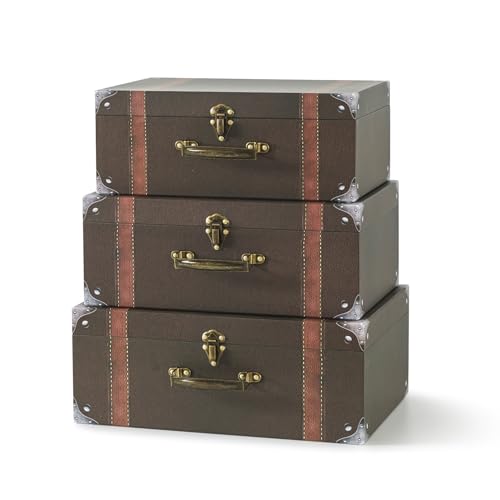



Restrictions state that only containers of up to 100 milliliters each are permitted in carry-on bags. All bottled liquids should be grouped into a single, clear, resealable plastic bag. The maximum volume for this bag must not exceed one liter.
Travelers must ensure that any products exceeding the 100 ml threshold remain in checked baggage. This includes beverages, toiletries, and other liquid substances. Remember that all items within the transparent bag should fit comfortably without forcing the zipper closed.
Security personnel may require inspection of liquids during screening, so having them easily accessible speeds up the process. It’s advisable to check specific airline policies as nuances may exist, though general regulations align across most international carriers.
Understanding TSA Liquid Restrictions
Limitations set forth by the TSA allow liquid items in containers of up to 3.4 ounces (100 milliliters). All liquids must fit within a single quart-sized (approximately one liter) clear plastic bag. This bag must be resealable and easily accessible during security screening.
Key points to consider:
- Containers exceeding 3.4 ounces must be packed in checked baggage.
- Liquid medications, baby formula, and food are exempt from the 3-1-1 rule. They should be declared at the screening checkpoint.
- Gels and aerosols fall under the same rules as liquids.
- Alcoholic beverages over 70% alcohol by volume are prohibited in carry-on items.
To enhance the travel experience, thoroughly review the list of permitted liquids and always prepare for potential additional screening. Being well-prepared minimizes delays and ensures compliance with security measures.
What Is the Maximum Volume Allowed per Container?
The upper limit for each individual container of liquid is 100 milliliters (ml). Any container exceeding this volume will not be permitted inside the cabin of an aircraft. Compliance with this volume is critical to avoid security delays or confiscation at checkpoints.
Container Requirements
Each liquid container must be placed in a clear, resealable plastic bag with a total capacity not exceeding 1 liter. The dimensions of this bag typically should not exceed 20 cm x 20 cm. It is advisable to ensure that the bag is completely sealed to facilitate easier inspection during security checks.
Special Exceptions
Certain items, such as medications, baby food, or special dietary requirements, might be allowed in larger quantities. However, travelers should be prepared to present documentation or declare these items during screening to ensure seamless passage through security.
Tips for Packing Liquids Within Size Limits
Utilize clear, resealable plastic bags to store liquid items, ensuring easy access during security checks. Ensure each container is 100 ml or less to comply with regulations.
Prioritize items by usage. If certain liquids are indispensable, consider smaller travel-sized versions. Seek multi-use products to reduce the number of containers needed.
Check with the airline regarding any additional allowances for specific liquids like medications or baby food, which may vary by carrier.
Employ travel-friendly packaging, such as solid or concentrated forms of cosmetics and hygiene products to minimize liquid use.
Invest in suitable bags for travel, such as best luggage that fits underneath seat, which can keep your items organized.
Maintain an organized system for your liquids within the bag to facilitate swift inspections when necessary. Being proactive reduces stress during the security process.
Always monitor updates on regulations as rules may change. Keep an eye on travel blogs and forums for current information.
For photography enthusiasts, consider packing smaller, lightweight gear. Check out the best digital camera for a bow to complement your travel experience while keeping your luggage lightweight.
Exceptions to Liquid Rules in Air Travel
Medications, baby formula, and certain dietary requirements often qualify for exemption from standard liquid constraints. Passengers may carry necessary medications exceeding usual volume limits, provided they declare them at security checkpoints and present documentation when required.
Items related to infants, such as baby food and milk, are also exempted. It’s advisable to carry only the amount needed for the journey. Confirm with the airline in advance regarding their specific policies.
Liquids purchased at duty-free shops post-security screening can bypass typical liquid volume restrictions. Ensure these items remain sealed in their original packaging with the receipt visible.
Sporting enthusiasts might explore options like a best water bottle waist pack for running for carrying fluids securely while on the go. These often comply with regulations while remaining convenient.
Always verify current rules before traveling, as regulations might vary between airports and countries. Being informed can enhance travel experience significantly.
How Different Airlines Interpret Liquid Regulations
Airlines might adhere to the same foundational aviation security guidelines regarding liquid containment, yet they can exhibit distinct interpretations and enforcement practices of these regulations. It’s vital to verify specific protocols before travel.
Airline Regulations Overview
Major carriers typically follow the 100ml maximum for individual containers and a quart-sized bag for all liquids combined. However, discrepancies may arise in screening procedures. Some airlines might apply stricter compliance during boarding or prioritize individual inspections of liquid items, particularly if they appear suspicious.
International vs. Domestic Flights
International airlines may implement more stringent scrutiny than domestic counterparts. For example, flights originating from certain regions could enforce extra liquid restrictions due to heightened security. Always check guidelines relevant to departure and arrival countries since regulations can differ significantly.
Consider the carrier’s official website or contact their customer service for the latest updates, ensuring a smooth boarding experience.
Travelers should also remain aware of exemptions or specific allowances for medications, baby formula, or dietary needs, which various airlines may treat differently despite overarching regulations.








